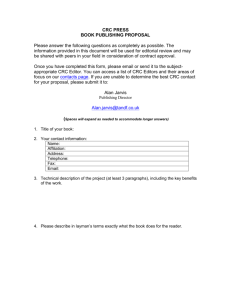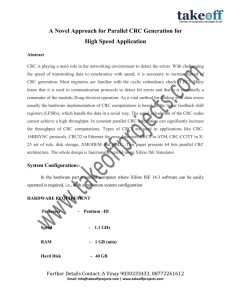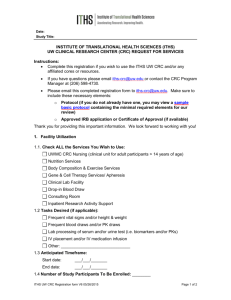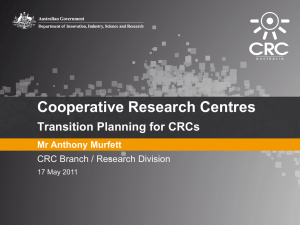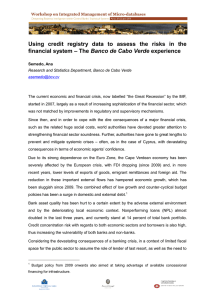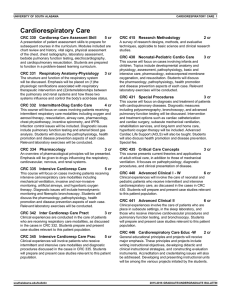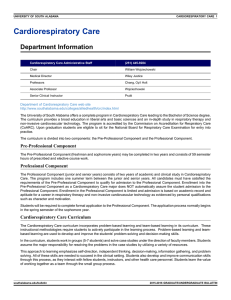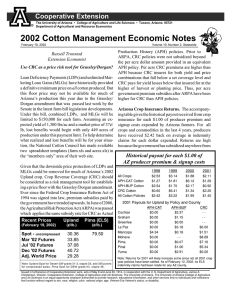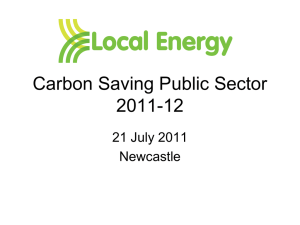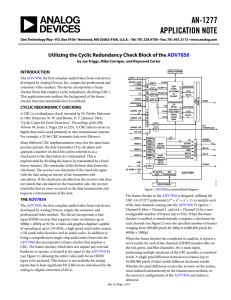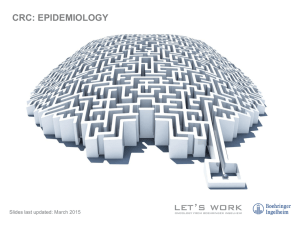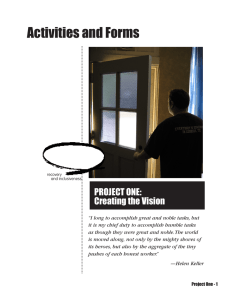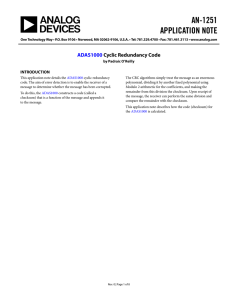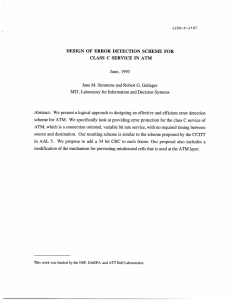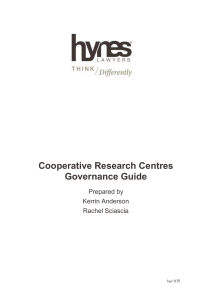How Children can Participate CRC reporting
advertisement
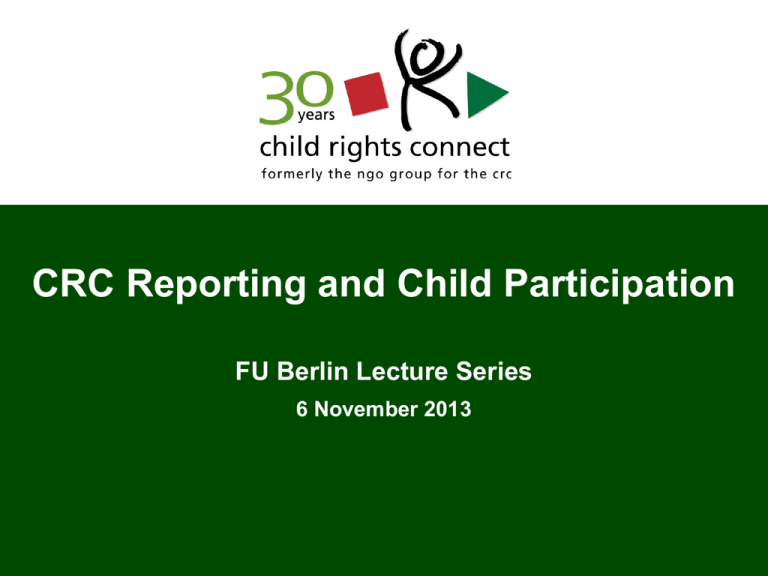
CRC Reporting and Child Participation FU Berlin Lecture Series 6 November 2013 Child Rights Connect «A coordinated platform for NGO action and plays a central role in key child rights developments at the international level.» Secretariat 6 permanent members of staff Advocacy and CRC Reporting 80 Member Organisations Engagement with broad range of stakeholders Strategic Planning Goal-orientated planning for NGOs and coalitions Planning for outcomes: What do you want to change? What will your advocacy strategy be to bring about that change? Who will your key partners be? Engaging with the CRC Committee through the reporting mechanism is one way to reinforce your national-level advocacy work Concluding Observations and Recommendations CRC and Child Rights in Practice Duty Bearers and Rights Holders NGOs & OTHER SECTORS GOVERNMENT CHILDREN PARENTS / GUARDIANS Meaningful Participation Charity and service delivery work Advocacy A shift from perceiving the child as someone vulnerable and in need of protection only, to perceiving the child as a rights holder. Children can, in theory, engage with the CRC Committee in the same way as other non-State actors The opportunities for children to be involved in advocacy show there is still work to be done. Reporting by non-State Actors Child rights & realities Gaps on child rights Priority problems & violations Proposed solutions How Children can Participate CRC reporting: child participation can take various forms A children’s submission does not have to be a formal written report. Children or child-led organisations, accompanied by adults An NGO writes an alternative report using information gathered during a survey or study conducted with children. Children interacting with the Committee Children can participate in the pre-session and session meetings Additional meetings between the children and Committee members only, can be arranged, usually on the same day as the pre-session. Role of Child Rights Connect. Child Participation – CRC Committee A child is any person under the age of 18 Meaningful participation Children of all ages and backgrounds, including the most vulnerable Child-centric and built around the needs and interests of children Environment of learning and expression Understanding of the entire CRC reporting process Managing expectations Part of an on-going process, not a one-off event or selection Planning for sustainability Obstacles Identified by Children Finding the time Age Understanding documents The words adults use UN languages Following the translation in the meetings Understanding the reporting process Disability The way people talked to children Being able to go to Geneva Challenges We See Is it always appropriate? Communicating information to children Impact: How will the children’s inputs be used? Managing expectations Manipulation and tokenism Representation vs testimonials What you can and cannot control from Geneva On-going or instituationalised participation without signing up for life Capacity How we are Responding Working with the Committee Guidelines Internal working methods Discussion on good practice and standards Communications Website development Case studies Capacity building Engaging broader child rights community - capacity Networking Connecting people to share their experiences Participating in research and conferences: communicating results Useful Resources Child Rights Connect: Secretariat Staff Reporting and Child Participation guides www.childrightsconnect.org Section of the website for U18s Alternative Report Database www.crin.org Look at past examples of reports CRC Committee’s website www.ohchr.org Thank you for listening. Questions?

